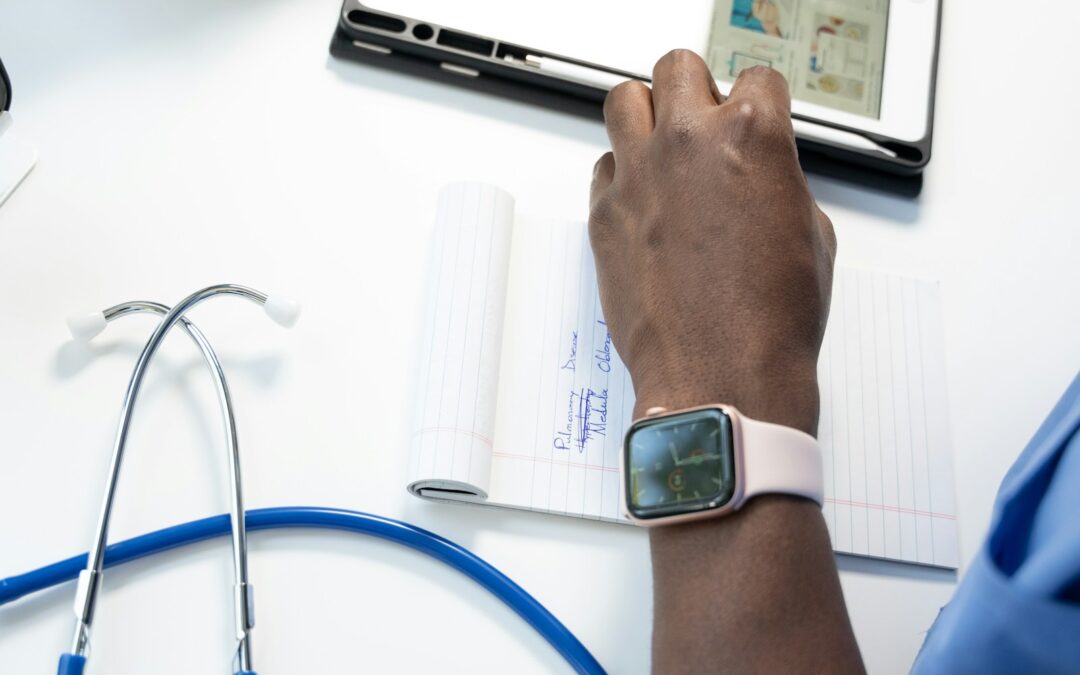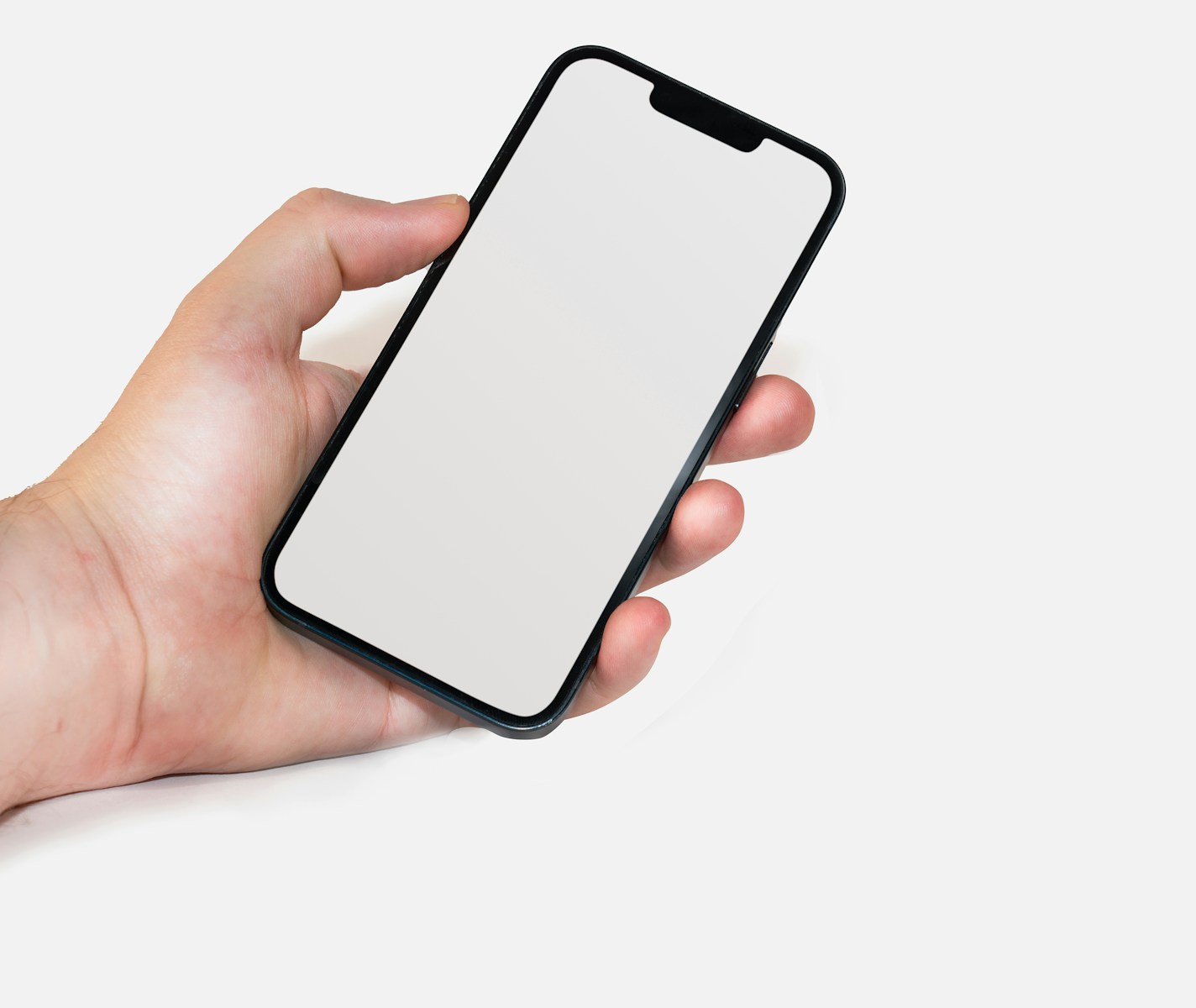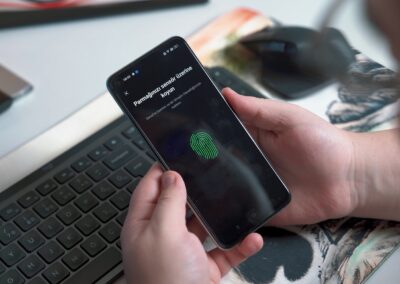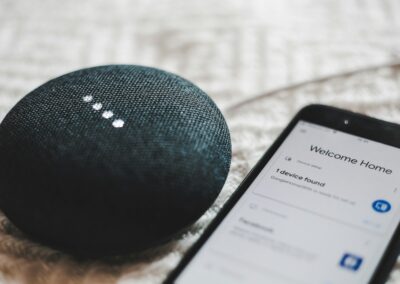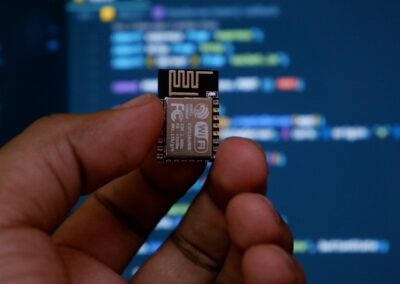Understanding the Threat Landscape in Healthcare IoT
The Impact of Vulnerabilities in Medical IoT Devices
Securing healthcare IoT systems has become a critical priority as hospitals and healthcare facilities increasingly adopt connected devices to enhance patient care and operational efficiency. The exploitation of vulnerabilities in medical IoT devices at hospitals, such as those in Riyadh and Dubai, has led to significant security breaches. These incidents highlight the potential risks associated with IoT adoption in healthcare, where the stakes are higher due to the sensitive nature of patient data and the critical functions of medical devices.
The vulnerabilities in medical IoT devices often stem from outdated software, lack of encryption, and insufficient security protocols. Attackers can exploit these weaknesses to gain unauthorized access to patient data, disrupt medical operations, or even manipulate device functions, posing severe risks to patient safety. The interconnected nature of IoT devices means that a breach in one device can potentially compromise the entire network, leading to widespread impacts.
To mitigate these risks, healthcare organizations must prioritize the security of their IoT devices. This involves conducting regular security assessments to identify and address vulnerabilities, implementing strong encryption methods to protect data in transit and at rest, and ensuring that all devices are running the latest software versions with up-to-date security patches. Additionally, adopting a zero-trust security model, which requires continuous verification of device and user identities, can further enhance protection against unauthorized access.
Strategies for Enhancing Healthcare IoT Security
Implementing robust security measures is essential for protecting healthcare IoT systems from exploitation and breaches. One effective strategy is to deploy network segmentation, which involves dividing the network into smaller, isolated segments. This approach limits the movement of attackers within the network, reducing the potential impact of a breach. For example, medical devices can be placed on a separate network segment from administrative systems, ensuring that a compromise in one area does not affect the entire network.
In addition to network segmentation, healthcare organizations should adopt advanced security technologies such as artificial intelligence (AI) and machine learning (ML) to detect and respond to threats in real-time. AI-powered security solutions can analyze vast amounts of data to identify patterns and anomalies that may indicate a security breach. These solutions can also automate threat response, allowing for faster and more effective mitigation of attacks.
Blockchain technology can also play a crucial role in securing healthcare IoT systems. By providing a decentralized and immutable ledger for recording data and transactions, blockchain can enhance the integrity and transparency of medical data. This ensures that any changes to the data are securely recorded and traceable, making it more difficult for attackers to tamper with information. For hospitals in the UAE and Saudi Arabia, adopting blockchain-based solutions can significantly strengthen their cybersecurity posture.
Best Practices for Protecting Healthcare IoT Systems
To protect healthcare IoT systems from exploitation, hospitals must implement best practices that encompass both technological and organizational measures. Firstly, developing comprehensive security policies and procedures is crucial. These policies should outline guidelines for device management, data protection, and incident response. Regular training and awareness programs for staff are also essential to ensure that all employees understand their role in maintaining cybersecurity.
Secondly, continuous monitoring and validation of IoT devices are vital for detecting and addressing security issues promptly. This includes implementing intrusion detection systems (IDS) and intrusion prevention systems (IPS) to monitor network traffic and identify potential threats. Regular vulnerability assessments and penetration testing can also help identify and remediate security gaps before they can be exploited by attackers.
Lastly, collaboration with industry experts and technology partners is key to staying ahead of evolving threats. Healthcare organizations should engage with cybersecurity professionals who specialize in IoT security to gain insights into the latest threats and best practices. Participating in industry forums and conferences can also provide valuable opportunities for knowledge sharing and networking.
Case Study: A Hospital’s Journey to Securing Its IoT Ecosystem
Incident Analysis: Exploitation of IoT Vulnerabilities
In a notable case, a hospital experienced a significant security breach due to the exploitation of vulnerabilities in its medical IoT devices. The attackers were able to gain access to the hospital’s network through an unpatched vulnerability in a connected infusion pump. Once inside the network, they moved laterally to access patient records and manipulate device settings, causing disruptions to patient care and compromising sensitive data.
This incident underscored the importance of maintaining up-to-date security measures and conducting regular vulnerability assessments. The hospital’s failure to apply timely security patches and the lack of network segmentation allowed the attackers to exploit a single vulnerability to compromise the entire network. The breach resulted in significant financial and reputational damage, highlighting the critical need for robust IoT security strategies.
Implementing Comprehensive Security Measures
In response to the breach, the hospital undertook a comprehensive review of its IoT security practices and implemented several key measures to enhance protection. The first step was to establish a dedicated IoT security team responsible for overseeing device management, monitoring, and incident response. This team conducted a thorough inventory of all connected devices, ensuring that each device was identified, categorized, and secured.
The hospital also implemented network segmentation to isolate IoT devices from critical systems. By creating separate network segments for medical devices, administrative systems, and guest networks, the hospital minimized the potential impact of a breach in one area on the entire network. Additionally, the hospital adopted advanced encryption methods to protect data in transit and at rest, ensuring that sensitive information remained secure.
Furthermore, the hospital invested in AI-powered security solutions to enhance threat detection and response capabilities. These solutions provided real-time monitoring and analysis of network traffic, allowing the hospital to identify and respond to potential threats more quickly and effectively. Regular security assessments and penetration testing were also conducted to identify and address vulnerabilities before they could be exploited by attackers.
Lessons Learned and Future Directions
The hospital’s journey to securing its IoT ecosystem provided several valuable lessons for other healthcare organizations. Firstly, maintaining up-to-date security measures and conducting regular vulnerability assessments are essential for identifying and addressing potential threats. Secondly, implementing network segmentation and advanced encryption methods can significantly enhance protection against unauthorized access and data breaches.
The hospital also recognized the importance of ongoing training and awareness programs for staff. By ensuring that all employees understood their role in maintaining cybersecurity, the hospital was able to create a culture of security awareness and proactive threat mitigation. Collaboration with industry experts and technology partners also proved invaluable in staying ahead of evolving threats and implementing best practices.
In conclusion, securing healthcare IoT systems requires a multifaceted approach that encompasses both technological and organizational measures. By implementing robust security strategies, leveraging advanced technologies, and fostering a culture of security awareness, healthcare organizations in Saudi Arabia, the UAE, and beyond can protect their IoT ecosystems from exploitation and breaches. As the healthcare industry continues to embrace IoT innovations, prioritizing security will be essential for ensuring the safety and reliability of connected medical devices.
—
#HealthcareIoTSecurity #MedicalDeviceVulnerabilities #HospitalCybersecurity #IoTProtectionMeasures #SaudiArabia #UAE #Riyadh #Dubai #ArtificialIntelligence #Blockchain #GenerativeAI #ModernTechnology #BusinessSuccess #LeadershipSkills #ProjectManagement

